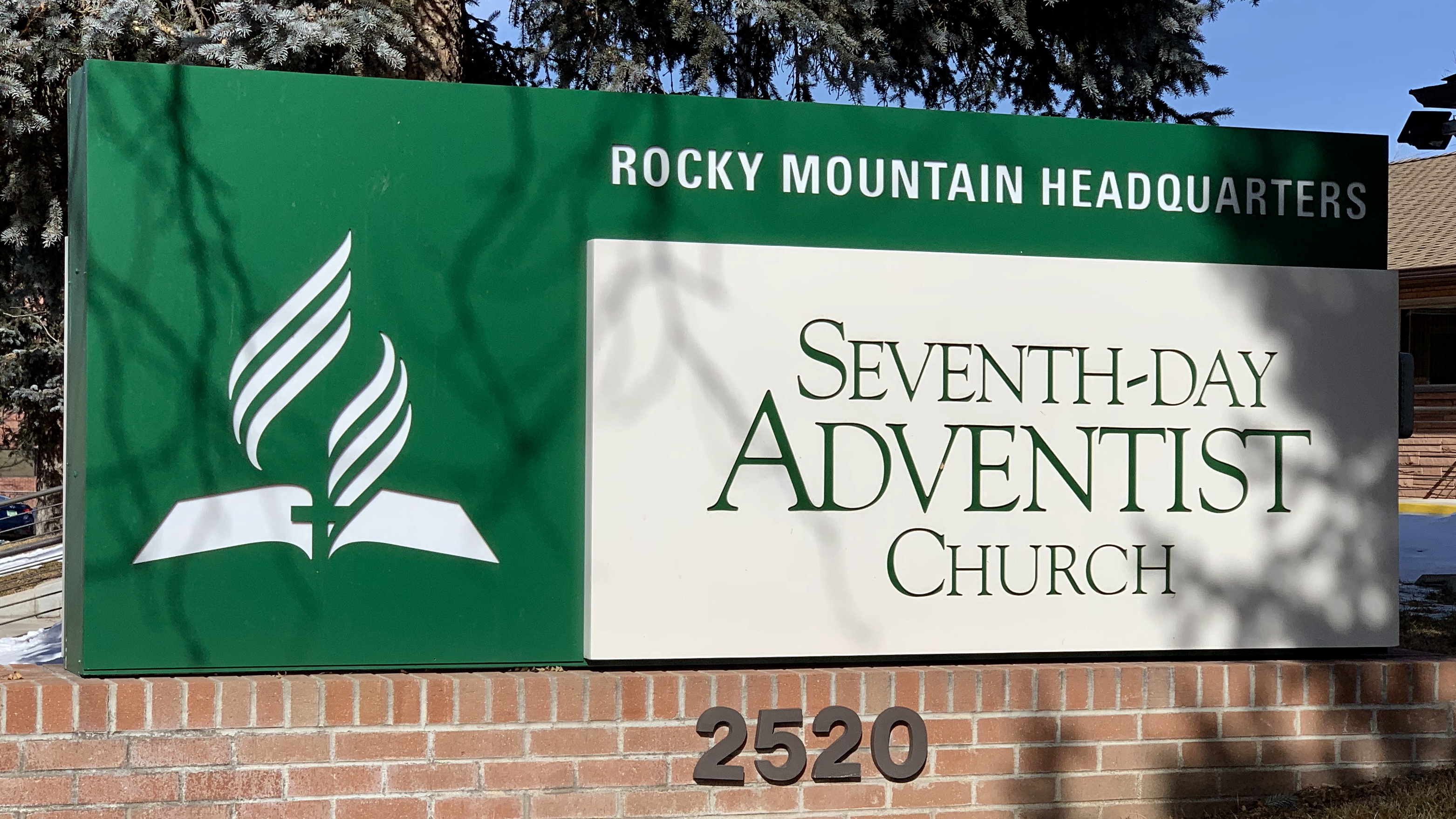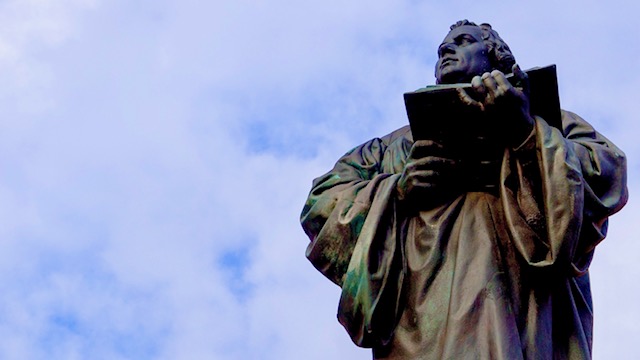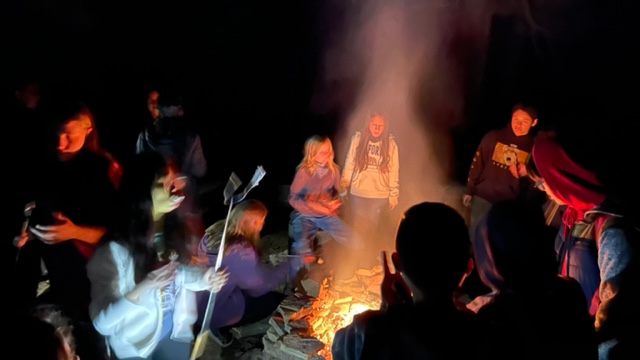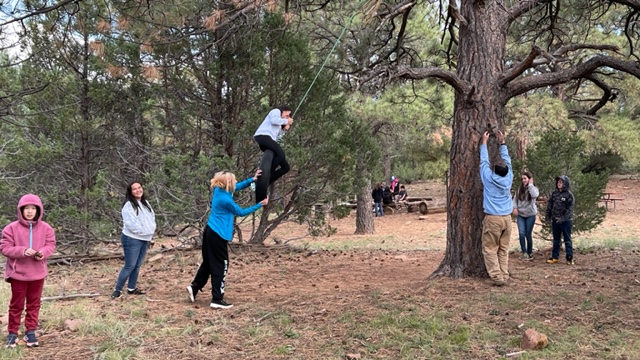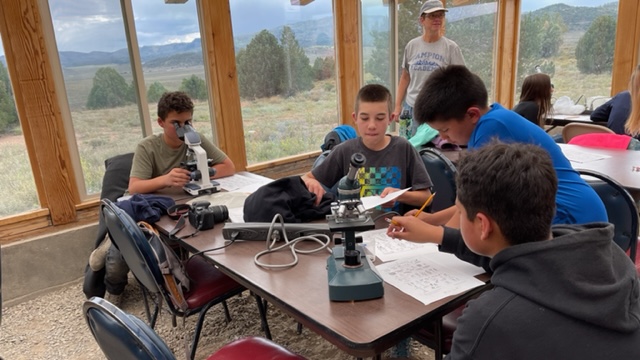One of my favorite books from graduate school wasn’t even required. I found it by following a footnote to an appendix and a book review, and thence to the full citation and to the card catalog at my graduate school library, and finally to the shelf. This was years before the Internet and the process of tracking down information could be tedious at times, but if you were simply following a whim, the search itself could be a treasure hunt.
The book was Models of the Church, by Avery Dulles, S.J., a survey of historical metaphors for the church and how they have shaped the Church and its practices.
I found it fascinating because it gave me a visually stimulating index card that I could carry in memory. The models functioned as bins that I could toss ideas into, empty out occasionally or transfer questions, skepticisms, and enthusiasms back and forth between them.
Avery Dulles–who became a cardinal between the first and second editions of the book–suggests there are two types of models. Explanatory models synthesize what is known and believed; exploratory models open our thinking to new possibilities. He gives us five historical models that have described and shaped the Church through history: Institution, Mystical Communion, Sacrament, Herald, and Servant, and adds his own–Community of Disciples.
Dulles proved to be eclectic in his tastes and ecumenical in his reach. He provided the models to all Christians, not just Catholics, in the hope that they would prompt discussion and practical use by academics, pastors, and laypeople.
Early in life I discovered I could remember ideas and concepts easier if I could put an image to them. I also found that I had an odd propensity (or was it a compulsion?) to associate an image or a person with a recurring and routine activity that I did every day at the same time. Sometimes there was no conscious link that I could see between the persons and the activity, they just popped up on my mental screen.
This still happens to me. When I shave, I hear myself answering the question of my seven-year-old son as to why I lather up. I lean over to turn on the shower tap and an image of a friend from high school comes into view. I water the plants in the garden and hear my grandfather’s tips on watering. I’m on my hands and knees, clearing away volunteers between the established plants and I hear a woman I worked for as a teenager proclaiming, “A plant out of place is a weed.”
I’m a creature of habit, believing that certain tasks can be trained into muscle memory and into the humming little centers of automation in my brain, thus freeing up the vast open spaces there for more imaginative, more interesting things. Now and then, this gets me into trouble when habits become ruts and ruts cause the little mining cars of blind knowledge to overrun some needed action because the operator is asleep at the switch.
One of my earliest models of the Adventist church was abstract until I gave it an image. My grandparents, stalwart Adventists who had both converted as young adults–my grandfather from the Church of England and my grandmother from generic Protestantism on Vancouver Island–often spoke of Adventism as being “the Truth.” This made little sense to me at the time, but it had the advantage of stickiness. Later, I thought of the monolith from “2001: A Space Odyssey,” as the image most appropriate for this abstraction: self-contained, enigmatic, unbreakable, and conducive to violence in the wrong hands.
Another common phrase was “the [Adventist] Church will go through to the end,” conjuring images of enormous snowplows or battering rams or a ship steady on course carrying hundreds through a gale at sea.
My experience of model-making is not unique. We humans are meaning-makers and metaphor-eaters. We leap from one image to another in conversation as from one ice floe to the next. To change the metaphor slightly, some images are so easily grasped and understood that they become solid bridges over which thousands travel daily. They make communication easier. As symbols they can be molded, shaped, and compressed to contain multiple meanings that can be triggered by the mere mention of the word in the right context.
Clinging to one model to the exclusion of the others leads to distortion, says Dulles, but he notes that when a particular model seems to answer several problems and promises to clarify yet unknown difficulties, it becomes a paradigm, capable of containing whole systems of thought, processes, and actions.
I see the Institutional model as dominant among many administrators in the Adventist Church. It presents a hierarchical structure with the members passively receiving the authoritative decisions of “the ruling class.” To a lesser extent, the church as Herald is also current. This model emphasizes mission and proclamation over against Mystical Communion and the church as Sacrament. The power here resides in the word preached and taught.
Models arise in context, however, and contexts can differ. Friction between them comes from holding historical models that cannot meet current needs or that conflict with other models. The Servant model, one that many progressives in the church seem to hold, sits uneasily with the Institutional and Herald models. It takes a dialogical position with the world, it calls for modeling the church after Jesus’ teachings, and emphasizes justice and mercy over proclamation and mission.
Dulles offers the Discipleship model as the church community set apart from the world and yet deeply in tune with its needs. It incorporates the best of the previous five models and tries to avoid the worst. Disciples are servants who work within a structure that is both a mystical communion and a sacrament. Proclaiming is but one part of its work in the world.
I offer another model complementary to discipleship. It is a via negativa, revealing something important by what it is not. It is not hierarchical nor authoritarian. It emphasizes change, transition, adaptation, and naturalism.
My model of the church is an ice cube on a hot sidewalk. As it melts it slides smoothly along until the bulk of the ice is transformed into liquid. Eventually, the liquid evaporates, completing the cycle from solid to liquid to gas.
I intend by this model that the calcified institutional form of the church should transmute into a flowing community of local churches and their members, and then in due time, be absorbed into the life of the Spirit in the full transfiguration of all things. Innovation begins at the root.
In tandem with the discipleship community, the ice-cube model suggests the church as a hierarchical institution will, of necessity, give way to local churches in fellowship with each other to provide the water of life to their own contextual communities. And when the final day comes, the community of disciples will be drawn up by the Spirit, together with all those whom God has called from every nation, religion, tongue, and people. “And thus, we shall be together with the Lord.”
Barry Casey has published in Adventist Society for the Arts, Brevity, Faculty Focus, Lighthouse Weekly, Mountain Views, Patheos, Spectrum Magazine, The Dewdrop, and The Purpled Nail. His collection of essays, Wandering, Not Lost: Essays on Faith, Doubt, and Mystery, was published by Wipf and Stock in November 2019. He writes from Burtonsville, Maryland. Email him at [email protected]

